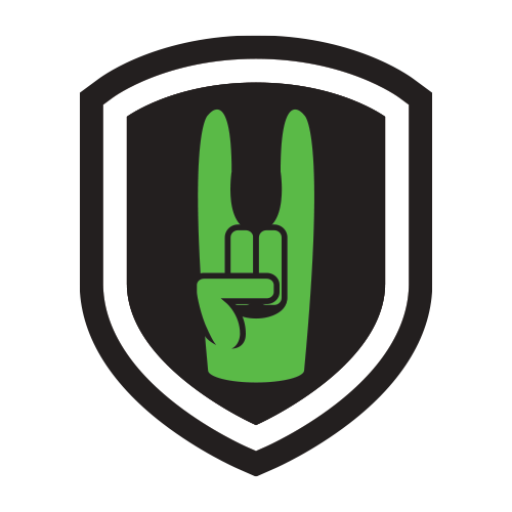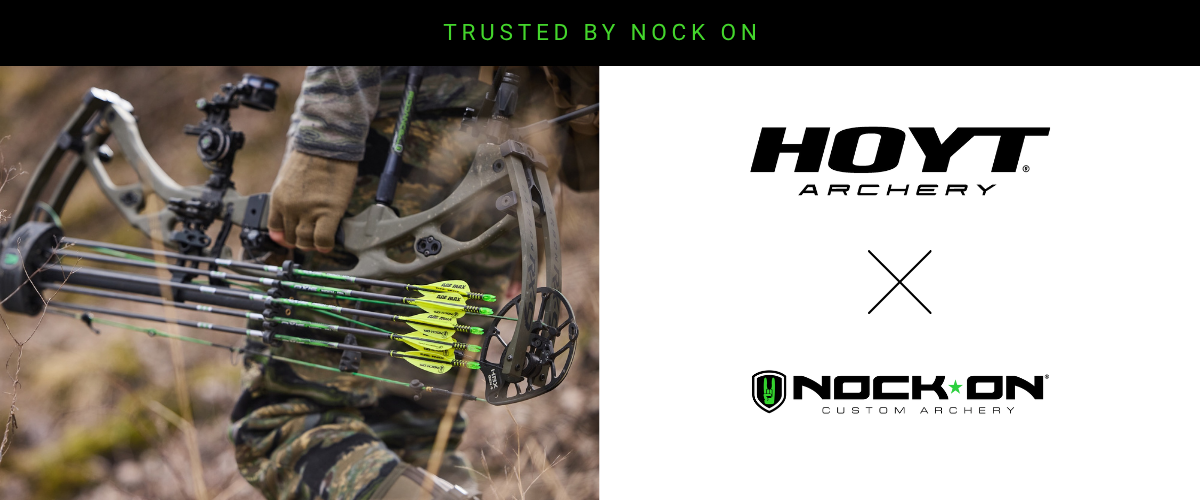Learning how to measure draw length accurately is the critical first step every archer must take before selecting equipment or adjusting bow settings. Many archers waste time and money on equipment that will never perform correctly because they skip this fundamental measurement. Before you select a cam system, adjust let-off, or tune your bow—you need to nail down your exact draw length measurement. It’s the foundation that every other bow setting is built upon.
Why Accurate Draw Length Measurement Matters
Proper draw length measurement is the cornerstone of archery success. When your bow’s draw length matches your body’s proportions, you’ll experience:
- Improved accuracy and tighter groups
- Better form and reduced muscle fatigue
- Consistent anchor points for repeatable shots
- Reduced risk of injury from improper form
- Optimal energy transfer from bow to arrow
Getting your draw length wrong by even half an inch can dramatically affect your shooting performance. Let’s dive into how to measure draw length correctly using two field-tested methods.
Method 1: How to Measure Draw Length Using the Wingspan Technique
When you don’t have help available, the wingspan technique provides a reliable baseline measurement that’s been tested across thousands of archers. This is the simplest way to measure draw length on your own.
Follow these steps to measure draw length using the wingspan method:
- Stand with your back against a wall
- Extend both arms fully to your sides, creating a “T” formation
- Have your fingertips touch the wall (or mark their position)
- Measure the total distance from fingertip to fingertip
- Divide that total measurement by 2.5
For reference, my wingspan measures 77.5 inches. When I divide that by 2.5, I get 31 inches—my true draw length. This simple calculation works because it accounts for the relationship between wingspan and proper draw positioning across the majority of body types.
The beauty of this method lies in its simplicity—no special equipment required, just a tape measure and a wall. If you’re ordering a bow online or preparing for your first archery shop visit, start with this draw length measurement to avoid walking in completely blind.
Method 2: The T-Formation Method for Perfect Draw Length Measurement
For those serious about optimizing their setup from day one, the T-formation wall method replicates actual shooting form while taking measurements. This approach delivers exceptional accuracy because it factors in your natural anchor point and shooting posture when measuring draw length.
Start by having a helper ready with a tape measure, then follow these steps to measure draw length with precision:
- Stand with feet directly under your shoulders, creating a solid foundation
- Raise your bow arm (left arm for right-handed shooters) straight out to your side
- Make a fist with your bow hand
- Position yourself so your bow-hand fist touches a wall while maintaining proper body alignment
- Verify your posture—feet under hips, hips under shoulders, creating a vertical line
- Keep your bow arm elbow slightly soft, not hyper-extended or locked
- Turn only your head toward the wall (think of someone holding the top button of your hat and pivoting just your head)
- Have your helper measure from your fist to the corner of your mouth
The resulting measurement provides your true anchor-point draw length. In my son’s case, this measurement came out to 27.5-28 inches—perfectly consistent with his wingspan calculation.
What makes this method superior is how it accounts for actual shooting posture when measuring draw length for your compound bow or recurve. The slight bend in the elbow, the proper shoulder alignment, and the natural anchor point all contribute to a measurement that translates directly to real-world shooting conditions.
Pro Tip: For the most accurate results, take each measurement 2-3 times and average the results. Small variations in posture can affect your draw length measurement by a quarter inch or more.
Common Draw Length Measurement Mistakes to Avoid
When learning how to measure draw length, be careful to avoid these common pitfalls:
- Locking your bow arm: Keep a slight bend in your elbow during measurement to match your actual shooting form
- Inconsistent anchor points: Where you anchor at full draw significantly impacts your draw length needs
- Ignoring body proportions: Arm length relative to height can vary widely between archers
- Relying on “standard” charts: Height-based draw length charts are only rough estimates and often inaccurate
- Measuring with improper posture: Your shooting stance must be consistent with how you measure
Moving Forward with the Correct Draw Length
When you compare both methods on the same archer, they typically align within a quarter inch of each other—more than close enough for initial setup purposes. Start with the wingspan method to measure draw length if you’re alone, then verify with the T-formation approach when you have assistance.
With an accurate draw length established, you’ve laid the proper foundation for all subsequent bow tuning. Your arrow flight, shot consistency, and ultimately your accuracy all stem from this critical first measurement. Take the time to get your draw length measurement right, and everything that follows becomes significantly more effective.
Remember, knowing how to measure draw length correctly is the first critical step toward building the perfect bow setup for your unique needs. This fundamental measurement will guide all your equipment choices and tuning decisions going forward.
FAQs About How to Measure Draw Length
Does draw length differ between compound bows and recurve bows?
The measurement process is the same, but compound bows have mechanical draw stops while recurve draw length is determined by your anchor point.
How often should I re-measure my draw length?
Adults should re-check annually or after significant physical changes. Growing youth archers should measure every 3-6 months.
Can archery shops measure my draw length?
Yes, most pro shops offer draw length measurement services, often free when purchasing equipment.
What if my wingspan and T-formation measurements are different?
Trust the T-formation measurement as it better represents your actual shooting form.






 massmonopoly
massmonopoly